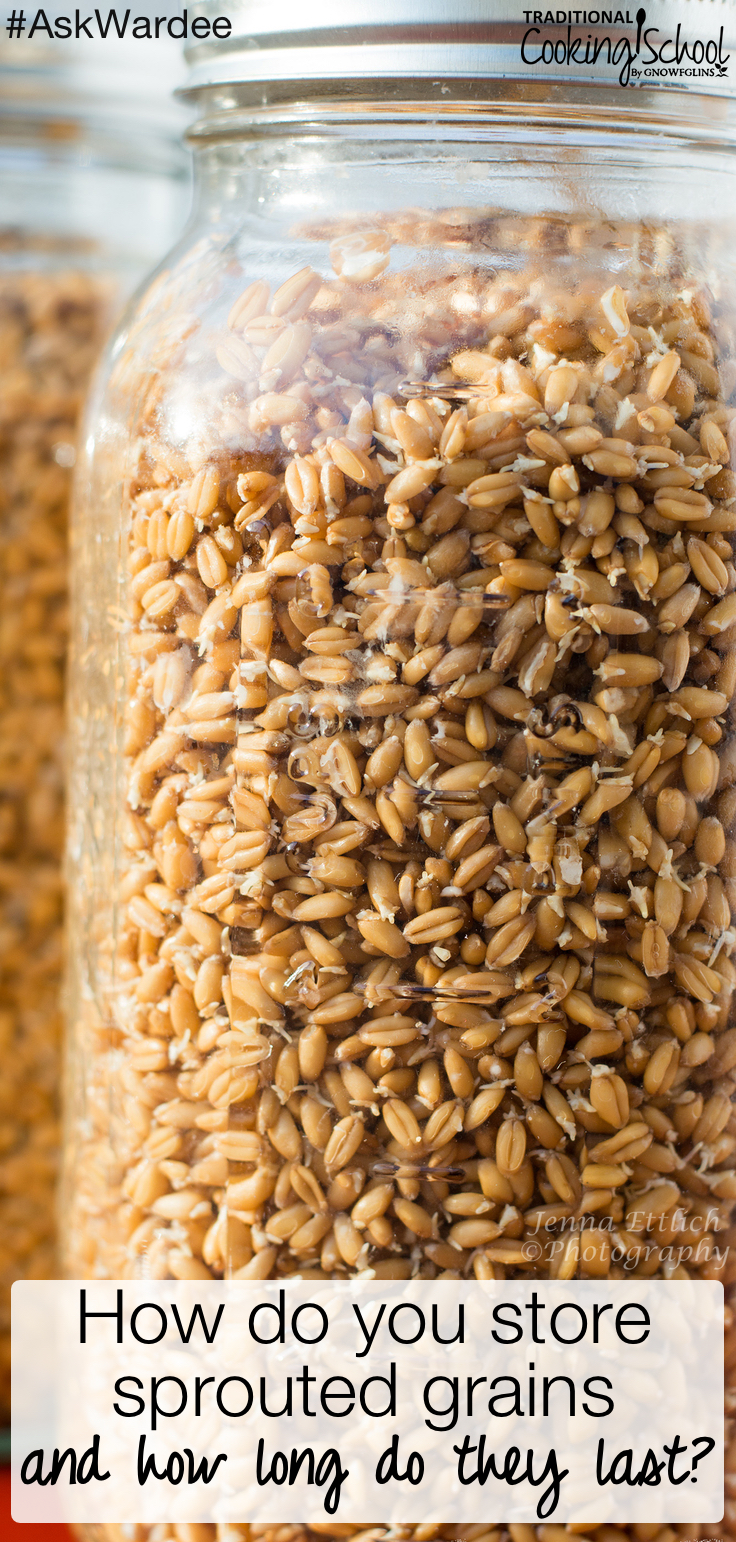
Yes that was SIX dollars. The downside however is you do need water and heat in order to be able to eat them and a grain mill would be helpful for recognizable foods bread crackers biscuits etc.

When placed in storage wheat should be dried quickly to a moisture level of about 12 percent to minimize any quality deterioration.
How long can you store wheat. Wheat can be stored in almost any type of container as long as it is sealed and made from material that will not degrade and impact the taste and quality of the grains. However you may want to consider placing wheat into clear plastic bags prior to inserting them into containers. Wheat is the cornerstone of any emergency storage supply.
Approximately 150 lbs will supply an adult for one year. A three-week emergency supply is approximately 5-10 lbs per adult. Children 8 years old or younger would need half those amounts.
Storing wheat for 30 years is a drop in the bucketexcuse the pun. The key is to store it in its whole grain form. I do the same thing with dent corn.
I store dent corn in its whole grain form so that I will have plenty of cornmeal on hand when I need it otherwise just plain cornmeal would go rancid relatively quickly. When storing wheat for less than six months make sure its 14 percent moisture or less. When storing for more than nine months make sure wheat is 13 percent moisture or less.
Barley should be about 05 percentage points drier than these values. How to dry wheat and. The shelf life of whole intact grains like wheat berries or brown rice is a bit longer than flours.
If stored properly in airtight containers intact grains will keep for up to 6 months on a cool dry pantry shelf or up to a year in the freezer. Whole grains themselves brown rice wheat berries quinoa etc are more shelf stable that we think. Some of these grains can last many years without going rancid.
Thats how nature made them. Most whole grains that have been broken up in some way will last up to two years sometimes longer without spoiling. The goal of wheat drying is to reduce grain moisture content to meet the recommended levels for safe long-term storage.
When placed in storage wheat should be dried quickly to a moisture level of about 12 percent to minimize any quality deterioration. Wheat drying can be accomplished in bins by blowing large volumes of dry air through the grain. Whole wheat and other uncracked grain kernels store for years without losing much nutrition and without too much fancy preparation.
Grains have carbs for energy some protein and some healthy fat. The downside however is you do need water and heat in order to be able to eat them and a grain mill would be helpful for recognizable foods bread crackers biscuits etc. Whole Wheat and Other Flours If its a whole wheat flour that youre storing then those numbers go down rather significantly.
Whole wheat flour should last somewhere between 3-6 months at room temperature 6-8 months in the fridge and once again 2 years if stuck in a freezer that stays at 0 degrees Fahrenheit source. As a matter of fact they can preserve food for up to 15 years so thats a definite check in the bonus column. Again Id use the buckets to store the bags.
With their germ intact you can expect whole grains like wheat spelt or rye berries or whole oat groats berries to stay fresh at room temperature for up to six months. Freeze them airtight and they should be good for up to a year. Flour has a long shelf life but generally goes bad after 38 months.
White flour may last longest due to its lower fat content while whole-wheat and gluten-free varieties spoil sooner. Wheat is extremely easy to store. It can be left in containers and used when you feel like it because it stores for 30-plus years.
Storing it in an oxygen. While bulk wheat can last a long time it is important to store it properly. Wheat aficionados generally avoid storing wheat kernels in boxes because when the boxes are packed and stacked the kernels in the corners can become squeezed together breaking or becoming too hot and producing moisture which can create mold that will ruin the.
And solong story longerI came away from my grocery store bakery departments with 20 buckets with lids for a total of 600. Yes that was SIX dollars. I washed and dried the buckets thoroughly then got busy scooping all of the wheat into them.
Room-temperature bread typically lasts 34 days if its homemade or up to 7 days if its store-bought. Refrigeration can increase the shelf life of. In a fridge the flour has one year and in the freezer it has two.
Whole-wheat or whole-grain flours have more of the natural oils that can spoil so discard after one month at regular room temp three months at cooler house temp six months in fridge or one year in the freezer. How do I know if flour is spoiled. Always trust your senses.
You can store most any flour in the freezer or refrigerator but keep in mind how you will use it. If you use it right from the freezer for say breads or dough that require rising times youll. If youve got your barley and buckwheat in the pantry you might have just two-three months depending on the product before these whole grains flours and.